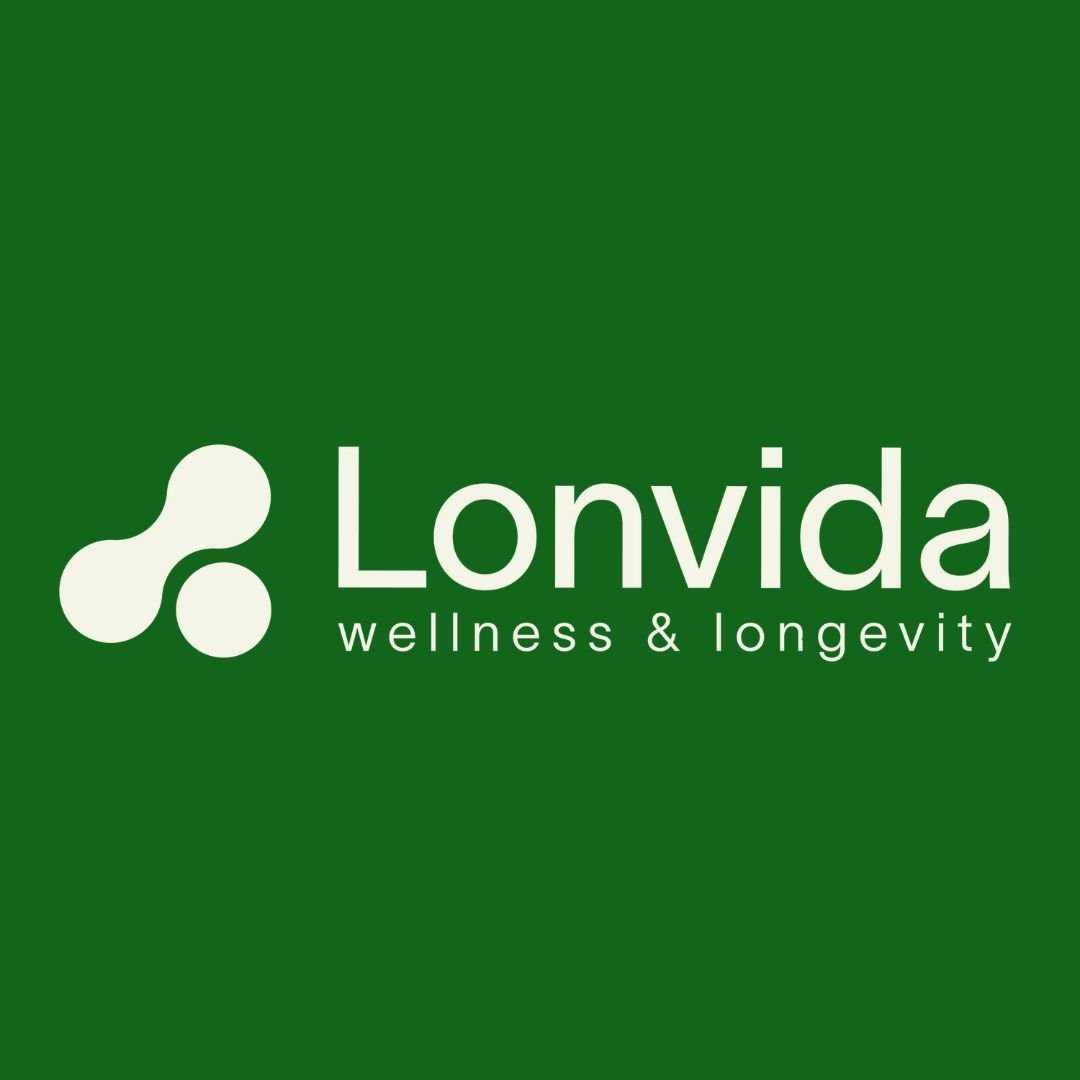A Guide to Medical Tourism in Mexico for Autoimmune Disease Treatment

Navigating life with an autoimmune disease can be a challenging journey, filled with questions about the most effective and accessible treatment options. For many, the search for answers leads them beyond their home country's borders and into the world of medical tourism. In recent years, Mexico has emerged as a beacon of hope for individuals seeking high-quality, affordable care for complex conditions like multiple sclerosis, lupus, and rheumatoid arthritis. The country offers a unique combination of innovative therapies, state-of-the-art facilities, and significant cost advantages, making it an increasingly popular choice for international patients.
Choosing to receive medical care abroad is a major decision, and it’s natural to have questions about safety, quality, and logistics. This guide is designed to provide clear, comprehensive answers to the most common queries about seeking autoimmune disease treatment in Mexico. We'll explore everything from the types of advanced treatments available, such as stem cell therapy, to the costs you can expect and the qualifications of the medical professionals. The goal is to equip you with the knowledge needed to make an informed decision about whether medical tourism in Mexico is the right path for your health journey. With its welcoming culture and commitment to advancing medical science, Mexico is providing new possibilities for patients from around the world to manage their conditions and improve their quality of life.
What makes Mexico a popular destination for autoimmune disease treatment?
Patients are increasingly looking to medical tourism in Mexico for several compelling reasons. The primary driver is access to innovative treatments that may not be approved or widely available in their home countries, particularly the United States and Canada. This includes cutting-edge options like mesenchymal stem cell therapy and Hematopoietic Stem Cell Transplantation (HSCT), which have shown significant promise in managing and even halting the progression of various autoimmune disorders.
Another major factor is cost. The price for complex medical procedures in Mexico can be 50-70% lower than in the U.S., without a compromise on quality. This financial relief allows patients to access top-tier treatments that might otherwise be unaffordable. Furthermore, many of Mexico's private hospitals and specialty clinics are equipped with the latest technology and staffed by highly qualified, often U.S.-trained, doctors who are experts in their fields.
What is the cost of autoimmune disease treatment in Mexico?
The cost of treatment is a critical factor for anyone considering medical tourism. In Mexico, prices for autoimmune disease treatment are substantially lower than in many Western countries. For example, a comprehensive stem cell therapy program for an autoimmune condition might range from $8,000 to $25,000 USD. In contrast, similar treatments in the U.S., if available, could cost upwards of $50,000 to $100,000.
It's important to get a detailed quote from any clinic you consider. Many clinics offer all-inclusive packages that cover the treatment, hospital stay, medications, and sometimes even airport transfers and accommodation. This transparency helps patients budget effectively and avoid unexpected expenses. Always clarify what is included in the quoted price before committing to a treatment plan.
What types of autoimmune disease treatments are available in Mexico?
Mexican clinics provide a broad spectrum of treatments tailored to different autoimmune diseases. Patients can access both conventional and alternative therapies.
- Conventional Treatments: These include standard medications like NSAIDs, corticosteroids, and advanced biologic drugs that target specific parts of the immune system.
- Regenerative Medicine: This is where Mexico truly stands out. Many clinics specialize in stem cell therapy, using mesenchymal stem cells (MSCs) derived from sources like umbilical cord tissue or bone marrow. These cells are known for their ability to modulate the immune system and reduce inflammation.
- HSCT (Hematopoietic Stem Cell Transplantation): This is an intensive treatment aimed at "rebooting" the immune system. It is particularly used for aggressive forms of multiple sclerosis (MS) and other severe autoimmune disorders.
- Holistic and Complementary Therapies: Many centers also offer supportive therapies like ozone therapy, plasmapheresis, and specialized nutrition plans to complement medical treatments and enhance overall well-being.
Is stem cell therapy for autoimmune diseases legal and safe in Mexico?
Stem cell therapy is a legally permissible treatment in Mexico, and the regulatory environment allows for more advanced applications than in some other countries. The primary regulatory body is COFEPRIS (the Federal Commission for the Protection against Sanitary Risks), which oversees the safety and quality of medical treatments, including cellular therapies. Reputable clinics adhere to strict protocols for sourcing, processing, and administering stem cells to ensure patient safety.
When considering a clinic, it is crucial to verify its credentials and adherence to safety standards. Look for clinics that are transparent about their cell sources, use certified labs for processing, and have experienced medical teams. Many leading clinics in Mexico follow international best practices and report very low rates of adverse effects, making the treatment a safe option for many patients.
What are the best hospitals and clinics in Mexico for autoimmune diseases?
Several clinics and hospitals in Mexico have gained international recognition for their expertise in treating autoimmune diseases. These centers are often located in major cities and medical tourism hubs like Tijuana and Cancun.
Some of the highly-regarded facilities include:
- Immunity Therapy Center (Tijuana): Offers a wide range of alternative and natural treatments for autoimmune diseases, focusing on holistic and personalized care.
- Cellular Hope Institute (Cancun & Tijuana): Specializes in regenerative medicine, offering advanced stem cell treatments for a variety of autoimmune and degenerative diseases.
When choosing a clinic, research their specific expertise, read patient testimonials, and schedule a consultation to discuss your case directly with their medical team.
How do I know if a clinic in Mexico is reputable?
Ensuring the legitimacy of a clinic is paramount. Start by checking if the clinic is licensed by COFEPRIS. This is the baseline for legal operation in Mexico. Additionally, look for international accreditations, such as those from the Joint Commission International (JCI), which signify adherence to global healthcare standards.
Beyond official credentials, conduct thorough online research. Look for patient reviews on independent platforms, not just the clinic's own website. A reputable clinic will be transparent about its treatments, costs, and success rates. They should be willing to provide you with detailed information and connect you with their medical team for a consultation before you make any commitments.
What is the typical process for a patient traveling to Mexico for treatment?
The journey for an international patient is usually well-structured by the clinic.
- Initial Consultation: You will start with a remote consultation, where you share your medical history and records. The clinic's doctors will review your case to determine if you are a good candidate for their treatments.
- Treatment Plan & Quote: If you are accepted, the clinic will provide a detailed treatment plan and a comprehensive cost estimate.
- Scheduling & Logistics: Once you agree to the plan, the clinic will help you schedule your treatment. Many clinics have patient coordinators who can assist with travel arrangements and accommodation.
- Arrival & Treatment: Upon arrival, you will have an in-person consultation and pre-treatment evaluations before the procedure begins. The length of stay depends on the treatment, ranging from a few days to several weeks.
- Recovery & Follow-Up: After the treatment, there is a short recovery and observation period. The clinic will provide a detailed post-treatment protocol and will typically schedule follow-up calls to monitor your progress once you return home.
How long is the recovery period in Mexico?
The length of your stay in Mexico is entirely dependent on the complexity of your treatment. For non-invasive procedures like a series of IV stem cell infusions, you might only need to stay for a week. This allows for pre-treatment consultation, the infusions themselves, and a brief period of observation to ensure there are no immediate side effects.
For more intensive treatments such as HSCT, a longer stay is necessary. The entire process, including pre-transplant chemotherapy, the transplant itself, and the initial immune system recovery (engraftment), typically requires a stay of about 28 to 30 days. This extended period allows the medical team to closely monitor your health and manage any potential complications before you are cleared to travel home.
Ready to Explore Your Options?
If you are considering medical tourism for your autoimmune condition, let PlacidWay be your guide. We connect patients with a global network of accredited hospitals and clinics, helping you find safe, affordable, and high-quality healthcare solutions in Mexico and beyond. Explore PlacidWay Medical Tourism


.png)





.jpg)
.png)







Share this listing